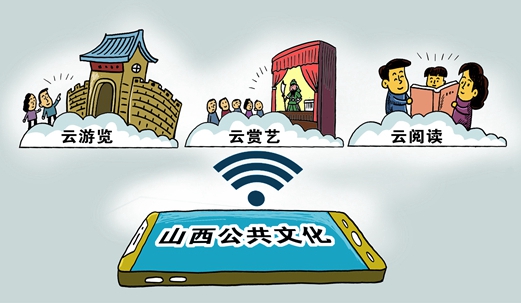Since August, these new regulations have been implemented.
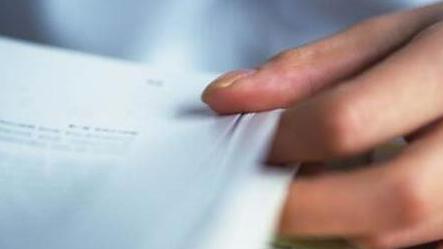
From August, a number of new regulations will be implemented one after another, involving employment, pension, artificial intelligence, intellectual property rights and other aspects.
For example, in the management of artificial intelligence services, the new regulations clearly stipulate that the provision and use of generative artificial intelligence services should respect the legitimate rights and interests of others, and must not infringe on others’ rights of portrait, reputation, honor, privacy and personal information.
In terms of local laws and regulations, Sichuan has fully opened the "inter-provincial general office" business for newborn babies. Chongqing officially requires catering, tourism and accommodation industries not to provide disposable goods on their own initiative, while Xiamen clearly stipulates that pedestrians crossing zebra crossings will be warned or fined.
Revision of monopoly behavior in intellectual property field: three types of behaviors are included in the scope of adjustment
The newly revised Provisions on Prohibiting Abuse of Intellectual Property Rights to Exclude and Restrict Competition came into effect on August 1st. Among them, the connotation of "abuse of intellectual property rights to exclude and restrict competition" is expanded, and three types of monopolistic behaviors, such as reaching monopoly agreements by exercising intellectual property rights, abusing market dominance, and implementing concentration of operators that have or may have the effect of excluding and restricting competition, are included in the scope of adjustment.
At the same time, we will improve the rules for the determination of monopolistic behaviors by exercising intellectual property rights, and improve and refine the definition of relevant markets, the determination and presumption of market dominance, the determination of monopolistic behaviors, the considerations for centralized examination of operators and the specific types of additional restrictive conditions, so as to enhance the guidance and operability of the rules.
In addition, the Regulations strengthen the regulation of typical and special monopolistic behaviors in the field of intellectual property rights, such as improving the relevant provisions on patent pools and prohibiting patent pool entities and members from using patent pools to engage in monopolistic behaviors.
Standardizing the entrusted appraisal of mediation before litigation: the principle of voluntary participation of the parties should be followed.
The Supreme People’s Court issued the "Rules on Entrusting Appraisal in Pre-litigation Mediation (Trial)", which came into effect on August 1st, and made provisions for standardizing the work of entrusting appraisal in pre-litigation mediation. The "Regulations" emphasize that pre-litigation appraisal should follow the principle of voluntary participation of the parties. The parties may jointly apply for pre-litigation appraisal. If one party applies for pre-litigation appraisal, it shall obtain the consent of other parties.
According to the Regulation, in the process of pre-litigation mediation, the people’s court may, upon the application of the parties, provide pre-litigation entrusted appraisal services for motor vehicle traffic accident liability disputes, medical damage liability disputes, property damage compensation disputes, construction project contract disputes, labor contract disputes, product liability disputes, sales contract disputes, life rights, body rights, health rights disputes and other disputes suitable for pre-litigation appraisal, relying on the entrusted appraisal system of the people’s court.
State Administration of Financial Supervision: Expanding the scope of commercial health insurance applicable to individual tax concessions
The Notice of the State Financial Supervision and Administration on Relevant Matters Concerning the Application of Personal Income Tax Preferential Policies for Commercial Health Insurance came into effect on August 1st.
The Notice extends the scope of commercial health insurance products subject to individual income tax preferential policies to major types of commercial health insurance such as medical insurance, long-term care insurance and sickness insurance, which increases the content of product protection and improves the flexibility.
In addition, in view of the current situation of insufficient protection for people with past diseases, it is required to include them in the scope of medical insurance coverage and develop long-term care insurance and disease insurance products with higher coverage and richer responsibilities. The commercial health insurance information platform will establish the information account of the insured to facilitate tax deduction.
New regulations on fire safety in pension institutions: 24-hour double duty system should be implemented.
The "Regulations on Fire Safety Management of Old-age Care Institutions" came into effect on August 1, clarifying that old-age care institutions should be set up in legal buildings; In the same building with other units, it should be separated from other units by fire prevention.
The "Regulations" also clarify that the old-age care institutions with fire control rooms should implement a 24-hour double duty system (single person can be on duty according to the requirements of local laws and regulations), and the personnel on duty should hold the professional qualification certificate of operators of fire control facilities and be familiar with the operating procedures of fire control rooms to ensure their normal operation.
Standardize human resources services: no discriminatory recruitment, no personal deposit.
The Regulations on the Administration of Human Resources Service Institutions came into effect on August 1, which is the first regulation in China to systematically regulate human resources service institutions and related activities. This "Regulation" clarifies that when a human resources service institution accepts the recruitment of personnel entrusted by an employer, the recruitment information released shall be true and legal, and shall not contain discriminatory contents in terms of nationality, race, gender, religious beliefs, etc.
In addition, the "Regulations" also clarify that operating human resources service institutions may not collect deposits from individuals, or collect deposits in disguised form in the name of guarantees. It is clear that the human resources service agency shall mark the expiration date or update it in time for the job recruitment information released by it. To carry out the collection and release of human resources supply and demand information, we should establish and improve the information release review and complaint handling mechanism to ensure that the released human resources supply and demand information is true, legal and effective.
Interim Measures for the Management of Generative Artificial Intelligence: The legitimate rights and interests of others should be respected.
The Interim Measures for the Administration of Generative Artificial Intelligence Services came into effect on August 15th, and it is clear that the provision and use of generative artificial intelligence services should respect the legitimate rights and interests of others, and should not endanger their physical and mental health, or infringe upon their rights of portrait, reputation, honor, privacy and personal information.
The "Measures" propose that the state take effective measures to encourage the innovative development of generative artificial intelligence, implement inclusive and prudent supervision of generative artificial intelligence services, and clarify the overall requirements for providing and using generative artificial intelligence services; The specific measures to promote the development of generative artificial intelligence technology are put forward, and the requirements of training data processing activities and data labeling are defined. The specification of generative artificial intelligence service is stipulated, and it is clear that generative artificial intelligence service providers should take effective measures to prevent underage users from relying too much on or indulging in generative artificial intelligence services.
General Administration of Market Supervision: CCC certification management for lithium-ion batteries, etc.
According to the announcement issued by the General Administration of Market Supervision, CCC certification management will be implemented for lithium-ion batteries, battery packs and mobile power sources from August 1, 2023. Since August 1, 2024, those who have not obtained CCC certification certificate and marked certification mark shall not leave the factory, sell, import or use it in other business activities.
Due to the chemical characteristics of lithium batteries and charging treasures, when the production process and structure of the products do not meet the technical requirements such as national standards, or in special situations such as extreme high and low temperature, serious collision and long-term overcharge during transportation and use, it is easy to get out of control of heat, causing the batteries to swell, which will lead to safety problems such as fire, explosion, overheating or liquid leakage.
Strengthen the supervision of automobile finance: the business scope is extended, allowing the establishment of overseas subsidiaries.
The revised Measures for the Administration of Auto Finance Companies came into effect on August 11th, further strengthening the supervision of auto finance companies. The Measures require that the words "auto finance" should be marked in the names of auto finance companies. Without the approval of the State Financial Supervision Administration, no unit or individual may use the words "auto finance", "auto credit" and "auto loan" in the name of the institution.
The Measures also extend the business scope of auto finance companies from new cars to the whole industrial chain, including used cars, after-sales service and auto accessories. It is clearly stipulated that customers are allowed to apply for additional financing separately after handling auto loans. It is allowed to provide loans such as inventory purchase and maintenance equipment purchase to automobile after-sales service providers. Financial leasing business that allows sale and leaseback mode.
The Measures allow auto finance companies to set up overseas subsidiaries to provide financial services needed for the development of overseas markets of national brand cars and support China’s auto industry to "go global". Implement the requirements of the policy of opening to the outside world and cancel the restrictions on the size of assets imposed by investors of non-financial institutions.
Unify the conditions for opening a deposit account of the central bank: improve the transparency and fairness of services. The Measures for the Administration of Deposit Accounts of the Central Bank came into effect on August 15th. The Measures unify the classification, opening conditions and evaluation criteria of central bank deposit accounts, and improve the predictability and convenience of obtaining central bank account services; The management requirements for the opening, alteration, cancellation and use of central bank deposit accounts were clarified, and the life cycle management of accounts was implemented.
The Measures also focus on strengthening risk management and control in key links, standardizing the requirements for agency settlement and account security management, which is conducive to reducing the risk of fund settlement in central bank deposit accounts and ensuring business continuity. At the same time, the "Measures" clearly stated that different types of institutions at home and abroad and domestic and foreign-funded institutions should be treated equally and fair and equal account services should be provided.
Sichuan: fully open the "inter-provincial general office" business for newborns.
From August 1st, the Sichuan Provincial Public Security Department will fully open the nationwide "inter-provincial general office" business for newborns to enter the home. Eligible residents with household registration in other provinces can apply for newborns to enter the home at the public security organ in their actual place of residence, and there is no need to travel back and forth between their actual place of residence and the place where they enter the home. From August 1st, the Sichuan Provincial Public Security Department will fully open the nationwide "inter-provincial general office" business for newborns to enter the home. Eligible residents with household registration in other provinces can apply for newborns to enter the home at the public security organ in their actual place of residence, and there is no need to travel back and forth between their actual place of residence and the place where they enter the home.
Chongqing: Catering industry, tourism and accommodation industry are not allowed to provide disposable goods on their own initiative.
The Measures for the Administration of Catalogue List of Disposable Articles in Chongqing came into effect on August 1st, requiring catering, tourism and accommodation industries in Chongqing not to provide disposable articles voluntarily, and encouraging the use of degradable, recyclable and environmentally friendly products. The take-away platform should actively guide consumers to reduce the use of disposable items.
Xiamen: Pedestrians who obstruct traffic through zebra crossings will be fined for warning.
The Regulations on Traffic Safety Management of Zebra Crossing in Xiamen Special Economic Zone came into effect on August 1st, which is the first local regulation on traffic safety management of zebra crossing in China. The regulation clearly stipulates that pedestrians crossing the zebra crossing should pass within the zebra crossing as soon as possible, and are not allowed to sit, stay, frolic, browse electronic equipment or engage in other activities that affect traffic safety. Anyone who violates this regulation and hinders the legal passage of vehicles will be given a warning or a fine of 50 yuan.
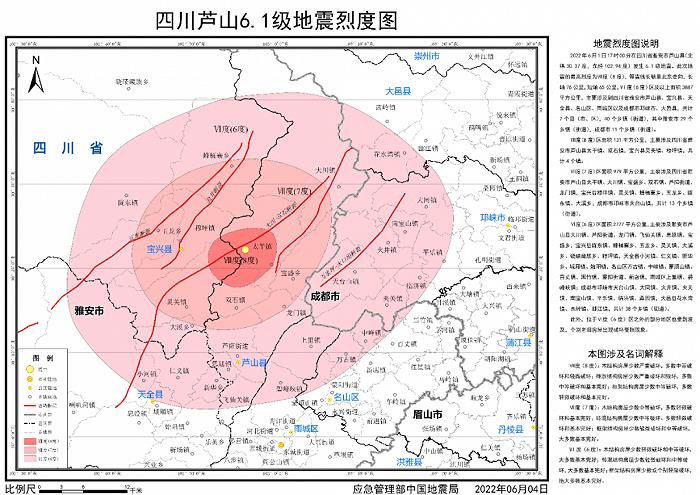
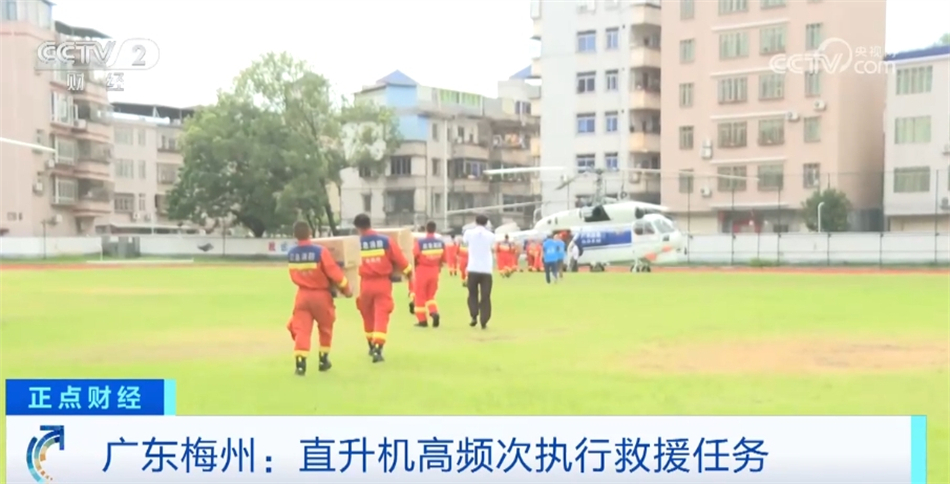
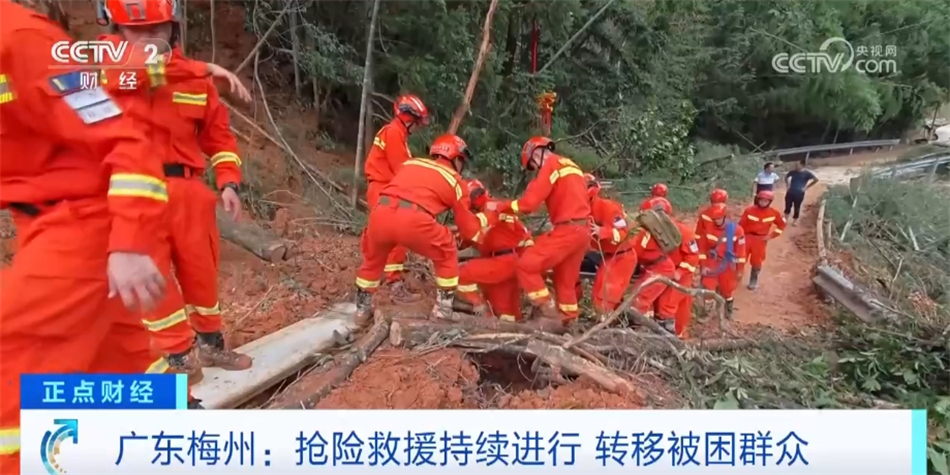
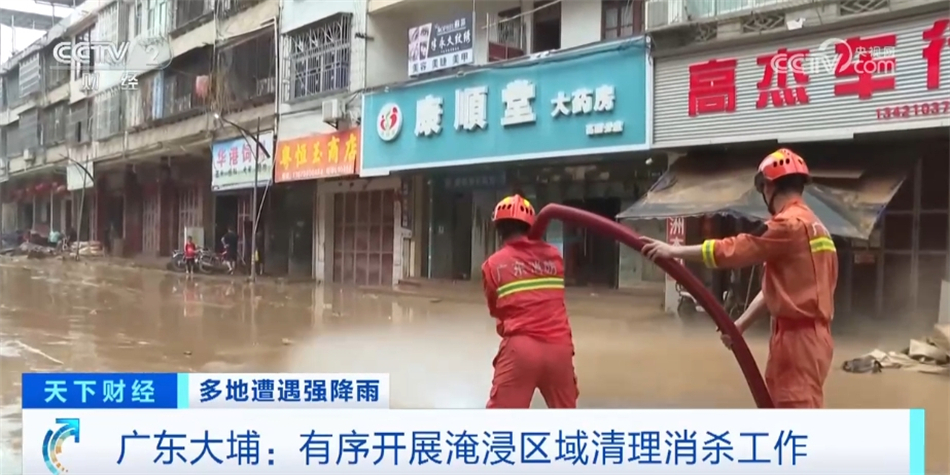

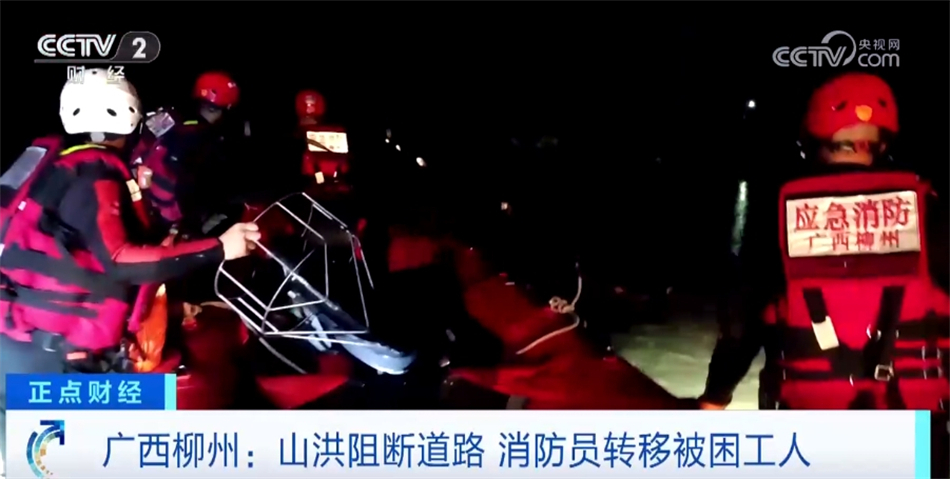
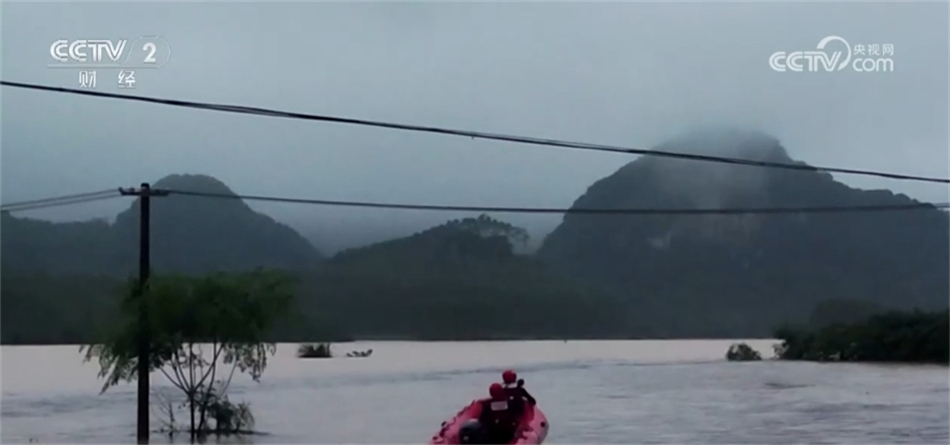

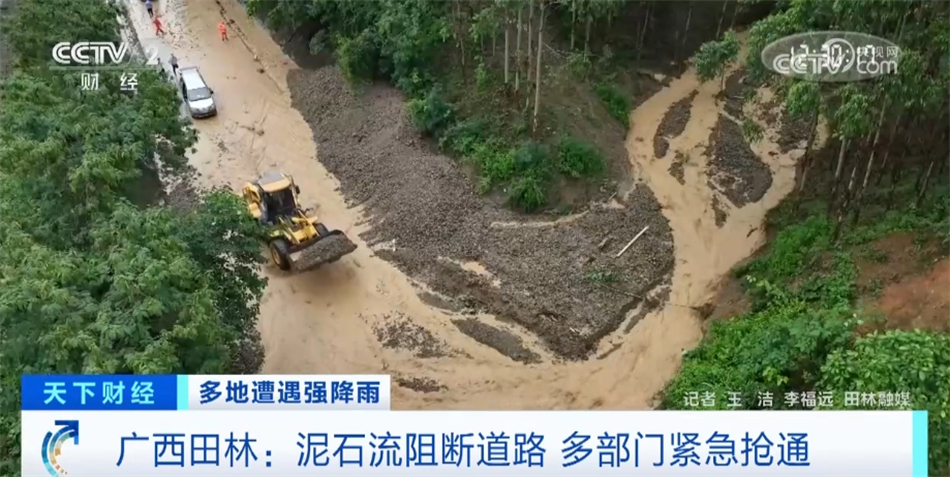
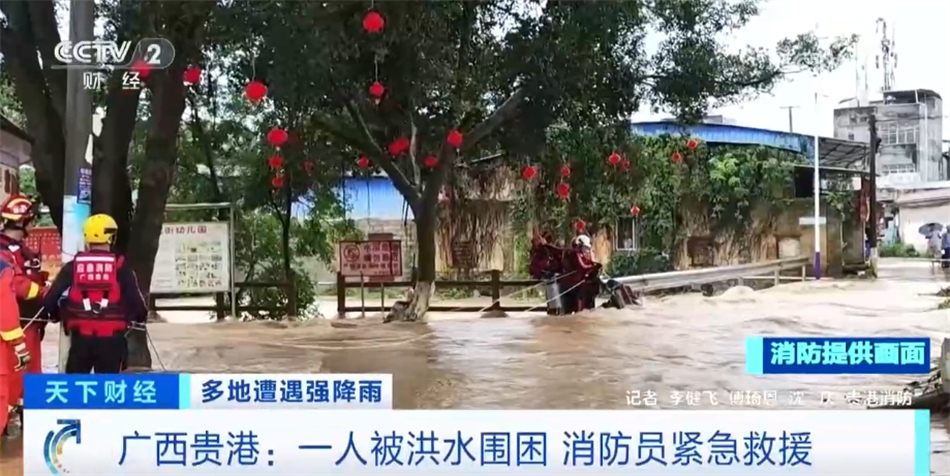
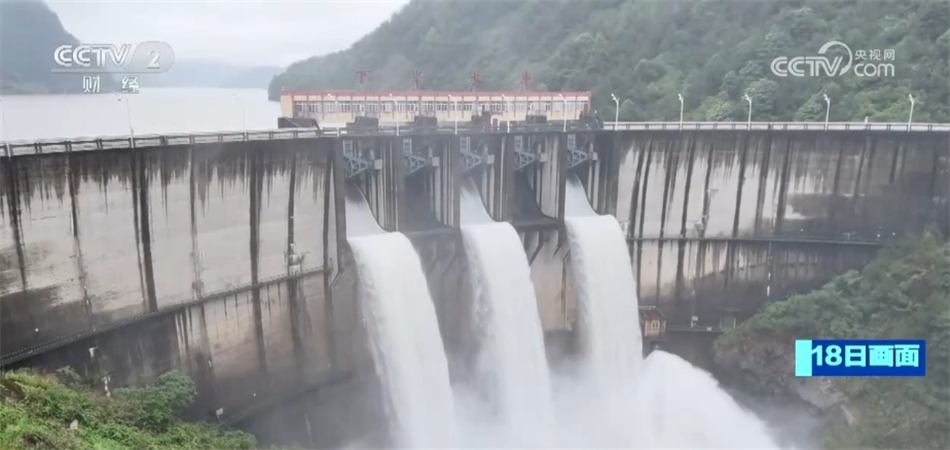
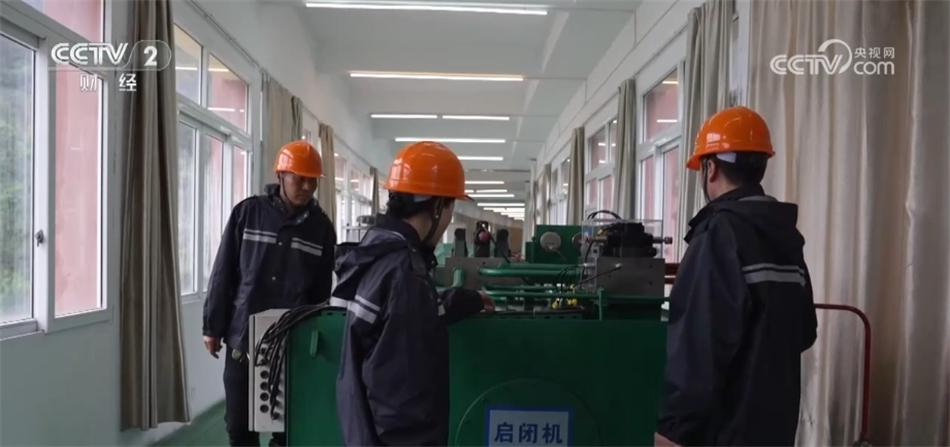
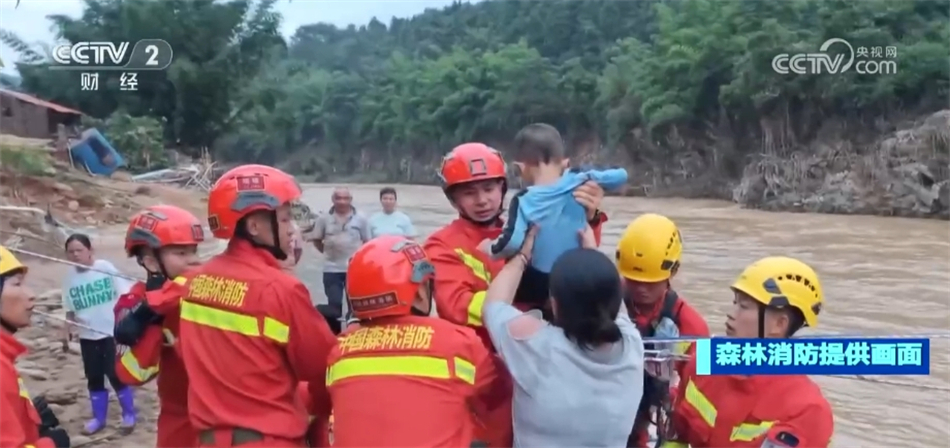
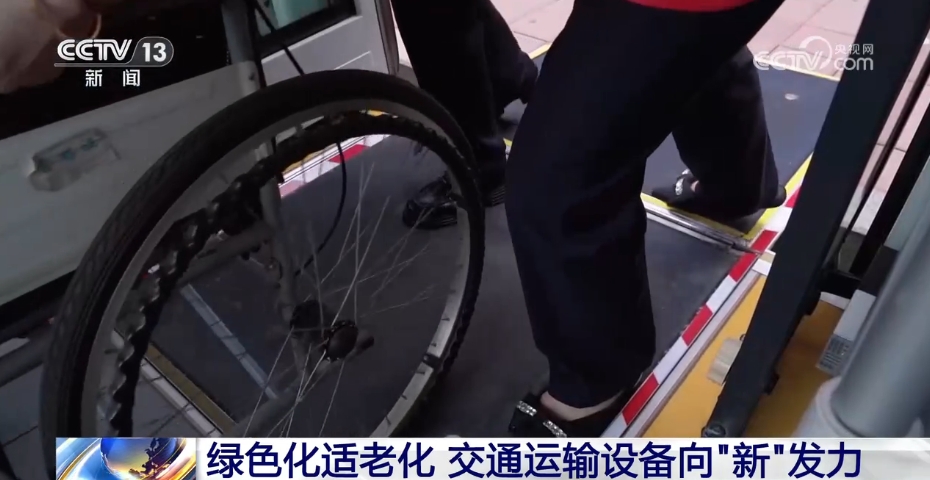
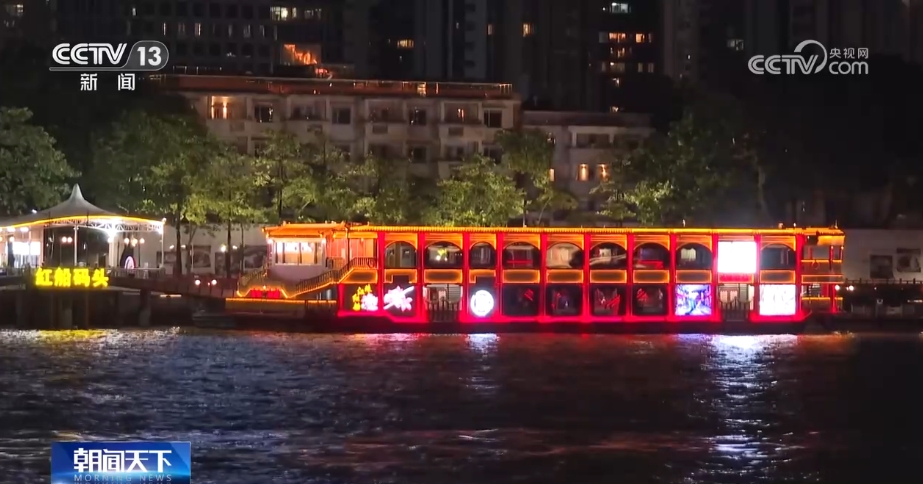
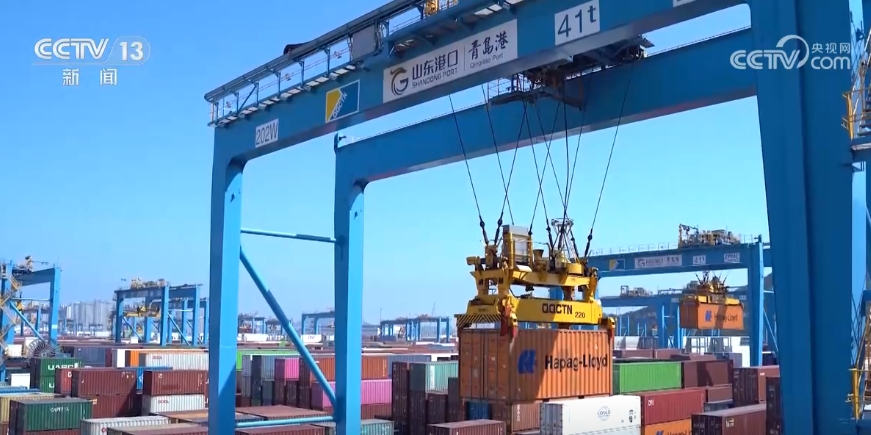
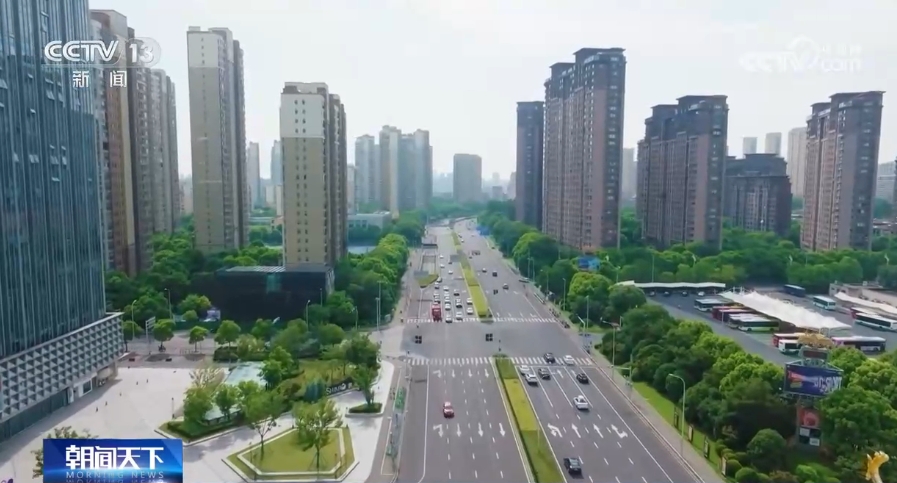
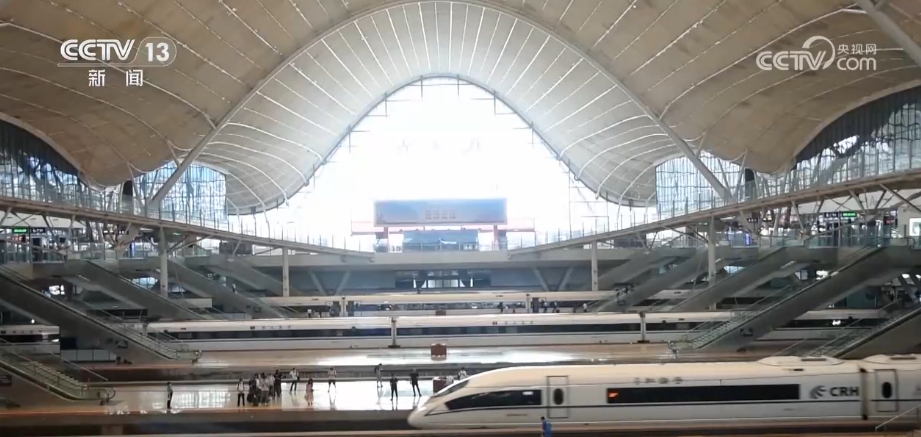
 Notice on printing and distributing the special action plan of saving electricity and helping power supply in Jiangsu Province
Notice on printing and distributing the special action plan of saving electricity and helping power supply in Jiangsu Province


















